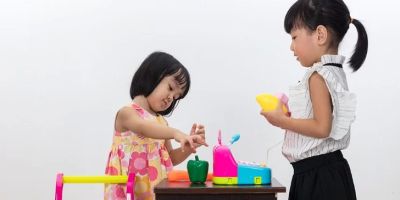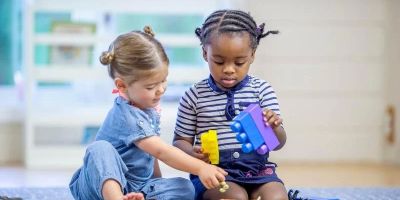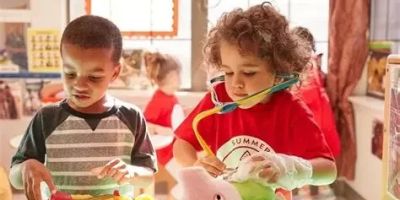- 1-Importance-of-Independent-Play
- 2-Characteristics-of-Best-Toys-for-Independent-Play
- 3-Top-Recommended-Toys-to-Promote-Independent-Play
- 4-Real-Life-Examples-Showing-Impact-of-Independent-Play
- 5-Where-to-Find-Best-Independent-Play-Toys
1. Importance of Independent Play
Independent play is a fundamental part of childhood development, fostering creativity, problem-solving skills, and self-confidence. When children engage in activities on their own, they learn to entertain themselves, make decisions, and explore their environment without constant adult guidance. Promoting this form of play helps build resilience and prepares children for future social and academic challenges.
Encouraging independent play can also give parents and caregivers valuable time for rest or other responsibilities, making it a win-win situation. However, choosing the right toys is crucial to successfully nurturing this skill.
2. Characteristics of Best Toys for Independent Play
2.1 Open-Ended and Imaginative
The best toys for promoting independent play are open-ended, allowing children to use their imagination rather than follow rigid instructions. Blocks, art supplies, and building sets fit this category, offering endless possibilities.
2.2 Age-Appropriate and Safe
Toys must suit the child’s developmental stage to avoid frustration or boredom and ensure safety. For example, puzzle complexity should match cognitive abilities, while materials should be non-toxic and durable.
2.3 Stimulating Curiosity and Exploration
Toys that encourage discovery—like sensory kits or science-themed sets—help keep children engaged longer, enhancing focus and independent thinking.
3. Top Recommended Toys to Promote Independent Play
3.1 Building Blocks and Construction Sets
Building blocks like LEGO or wooden sets foster creativity and fine motor skills. Children can build anything from simple towers to complex structures, sparking hours of solitary fun.
3.2 Art and Craft Kits
Art supplies and craft kits encourage self-expression. Whether it’s painting, sculpting, or making collages, these toys provide freedom to explore colors and textures independently.
3.3 Puzzle Games
Puzzles challenge problem-solving and patience. Selecting puzzles with varying difficulty levels keeps children motivated as they develop new skills.
3.4 Sensory and Exploration Toys
Items like kinetic sand, water play tables, or magnifying glasses invite hands-on learning, fostering curiosity while allowing kids to focus independently.
4. Real-Life Examples Showing Impact of Independent Play
Emma’s parents noticed a significant improvement in her problem-solving skills after introducing building blocks as her primary independent play toy. Over months, she went from simple stacking to intricate designs, showing growing concentration and creativity.
Another story involves Liam, who struggled with attention span. His parents gave him sensory toys that he could explore alone, and gradually, his ability to focus independently increased, positively affecting his learning at school.
These examples demonstrate how carefully chosen toys for independent play can transform a child’s development and confidence.
5. Where to Find Best Independent Play Toys
To find the most suitable and engaging toys for promoting independent play, consider exploring options at Knight Toys. They offer a curated selection tailored to different ages and developmental needs, with an emphasis on quality and educational value.
Shopping with Knight Toys ensures you get expert advice and products designed to nurture your child’s independence and creativity, making playtime both fun and meaningful.





